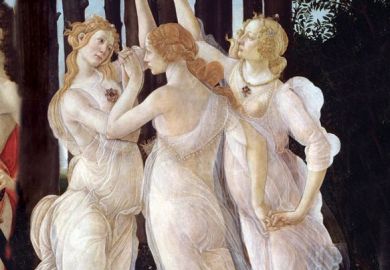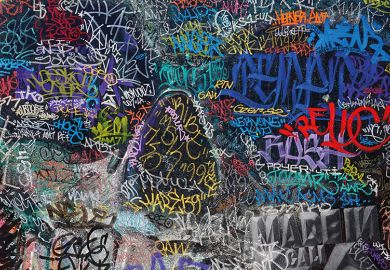We placed a café table and two chairs in front of our house a year ago. In lockdown, it became the spot for entertaining one guest at a time and nodding to passers-by. A rainbow in our window announced our appreciation for the National Health Service. I don’t live in an Italian Renaissance city, but the principles are the same: altering a building, blurring the boundary between public and private, displaying personal values to the community.
Fabrizio Nevola’s beautiful book, Street Life in Renaissance Italy, is rich in detail and imagery. “Street life” here means the interaction between people and the built environment: essentially, architecture meets movement meets modification. Consider it the before-and-after-life of architecture. What social impact was intended for a building project, and why? What happened after it was completed?
Renaissance Italy is an ideal laboratory, with its boom in city life, its wealthy, ambitious families, its glorious visuals. The author begins by arguing that of all the great artwork of Renaissance Italy, the built urban environment was the most complex. He ends by reminding us that, even so, all architecture is subject to human mediation. Streets, above all, were the city’s primary channel for social interaction and for challenging the notion of a private sphere. Nevola, an art historian, grounds his approach in theories of urban space, relying on Michel de Certeau, Jan Gehl, Jane Jacobs and especially Kevin Lynch. His evidence is spread widely: he analyses building and city plans, as expected, but also paintings, maps, treatises, the occasional historical incident from the archives and many literary tales of urban exploits. I particularly valued the tiny street dramas playing out in the background of religious paintings and the superimposition of new data onto Renaissance maps.
Part I of the book examines cities as a whole. Nevola shows how plans reflected the self-interest and power grabs of families and rulers, occasionally resisted. His chapter on mobility asks us to use “period eyes” to understand points of arrival, nomenclature and wayfinding, seeing the city as a theatre of public performance and ritual. Chapter 3’s straightened sight lines, letter boxes for informing on neighbours, zones for undesirable residents and ubiquitous displays of power symbols also made the Renaissance street an instrument of control. (By the same token, there’s a cardboard policeman guarding my supermarket.)
Part II turns to spatial networks within the city. Porticoes created porous borders between streets and buildings, allowing pedestrian interaction but signalling noble power. Religious institutions played landlord to poorer housing units. Specialised architecture (hospitals, loan banks) increasingly stratified the city, but street corners provided its glue. Their shops were the most social, their outdoor writing the most eloquent and their religious shrines the most well networked. Renaissance palaces interacted with the street from their built-in benches, balconies and street-level shops for rent.
Street life in Nevola’s telling seems more benevolent than it actually was. The pervasive violence of street life – from Venice’s bridge fights to Rome’s house-scorning – is muted. So is the ritual humiliation common in grand street processions. Street-sleepers and beggars are absent. The ghetto, a vicious Italian Renaissance innovation that slashed urban fabrics in both Europe and America for centuries, appears only in one short paragraph.These were all critical and revealing aspects of Renaissance urban culture. In all other ways, this is a profoundly illuminating book.
Emily Michelson is senior lecturer in history at the University of St Andrews. A Companion to Religious Minorities in Early Modern Rome, co-edited with Matthew Coneys Wainwright, was recently published by Brill.
Street Life in Renaissance Italy
By Fabrizio Nevola
Yale University Press, 320pp, £45.00
ISBN 9780300175431
Published 24 November 2020
POSTSCRIPT:
Print headline: The complex art of the Italian city
Register to continue
Why register?
- Registration is free and only takes a moment
- Once registered, you can read 3 articles a month
- Sign up for our newsletter
Subscribe
Or subscribe for unlimited access to:
- Unlimited access to news, views, insights & reviews
- Digital editions
- Digital access to THE’s university and college rankings analysis
Already registered or a current subscriber?








